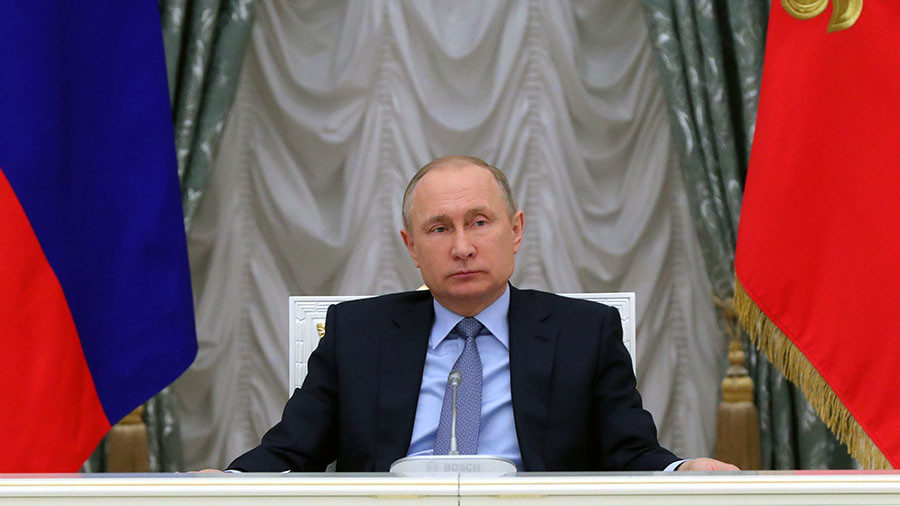OF THE
TIMES
The course of life and labour reminds me of a long journey I once took on the railway. Suddenly, there was a breakdown ahead, and passengers took the event in various ways. Some of them sat still resignedly, and never said a word. Others again, went to sleep. But some of us leaped out of that train, and ran on ahead to clear the road of all obstructions.
Um, whut? Why is this coming out now? Talk about deflecting from the real issues
I suppose the Zionazis in Israel imported a bunch of their Khazar brethren propagandists from the Ukraine, who managed to shoot down Russian...
FOX NEWS and NEWSMAX TV lie about Israel, while the rest of the legacy media lie about everything else.
I witnessed CERT team member at the Georgia State Diagnostic Center in Jackson, Georgia brag about murdering inmates, though I never saw them...
'Governor Signs Climate Engineering Ban Legislation Into Law' [Link] . "Tennessee Governor Bill Lee has now signed legislation into law that bans...
To submit an article for publication, see our Submission Guidelines
Reader comments do not necessarily reflect the views of the volunteers, editors, and directors of SOTT.net or the Quantum Future Group.
Some icons on this site were created by: Afterglow, Aha-Soft, AntialiasFactory, artdesigner.lv, Artura, DailyOverview, Everaldo, GraphicsFuel, IconFactory, Iconka, IconShock, Icons-Land, i-love-icons, KDE-look.org, Klukeart, mugenb16, Map Icons Collection, PetshopBoxStudio, VisualPharm, wbeiruti, WebIconset
Powered by PikaJS 🐁 and In·Site
Original content © 2002-2024 by Sott.net/Signs of the Times. See: FAIR USE NOTICE

Reader Comments
to our Newsletter